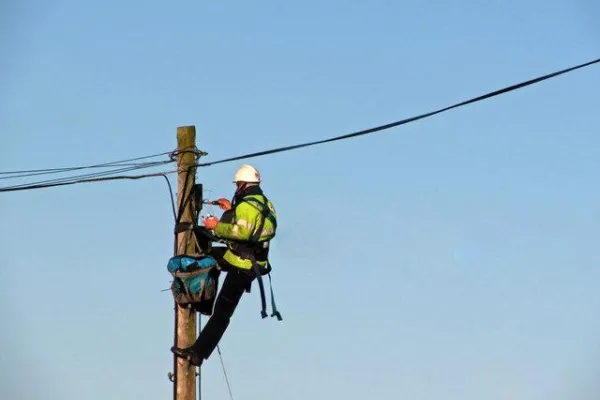USDA report shows that broadband improves rural economies
For some time, Speed Matters has advocated for increased broadband access for rural America for economic development, and to enable improvements in education, health care, and access to global information.
Recently, the US Department of Agriculture released a report that compared job growth in rural areas that adopted broadband at the start of the decade with areas that lack broadband. The conclusion: broadband helps communities and businesses create good-paying jobs.
"Wage and salary jobs, as well as number of proprietors, grew faster in counties with early broadband Internet access," the report concludes. "Nonfarm earnings showed greater growth corresponding to broadband availability."
Yet, according to the USDA study, only 41 percent of rural households had broadband connections in 2008.
Why? The USDA says that the biggest problem is the high cost of building broadband infrastructure in sparsely populated areas.
"These characteristics can make the fixed cost of providing broadband access too high, or limit potential demand, thus depressing the profitability," the report says.
The Dakotas, eastern Montana, eastern Oregon, Northern Minnesota, Missouri-Iowa, and the Appalachian region are the least connected areas in the country, according to the report.
The FCC's development of a national broadband plan and the $7.2 billion stimulus grants are steps in the right direction to address the rural broadband gaps.
Benefits: Rural Communities (Speed Matters)
Broadband Internet’s Value for Rural America (USDA Economic Research Service)
Biden Administration honors CWA steward for rural innovation
CWA Frontier workers sue Connecticut for anti-union contract interference
New CWA program incorporates union basics into IT training



